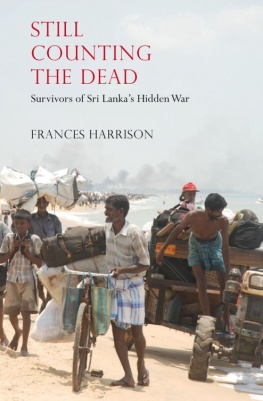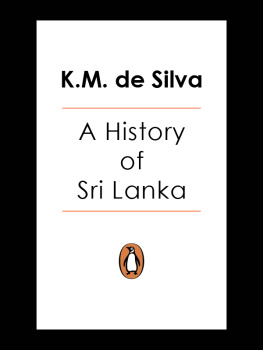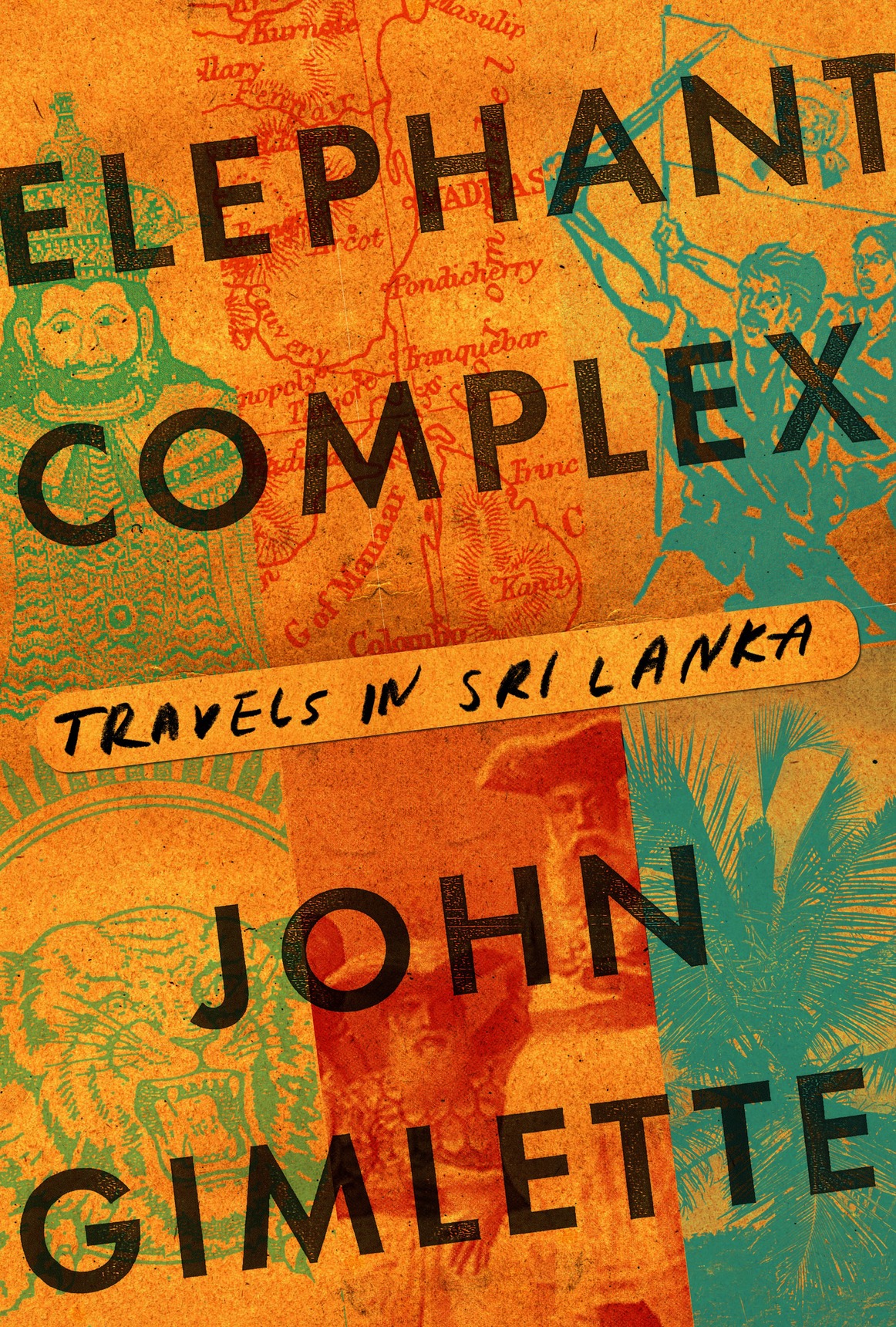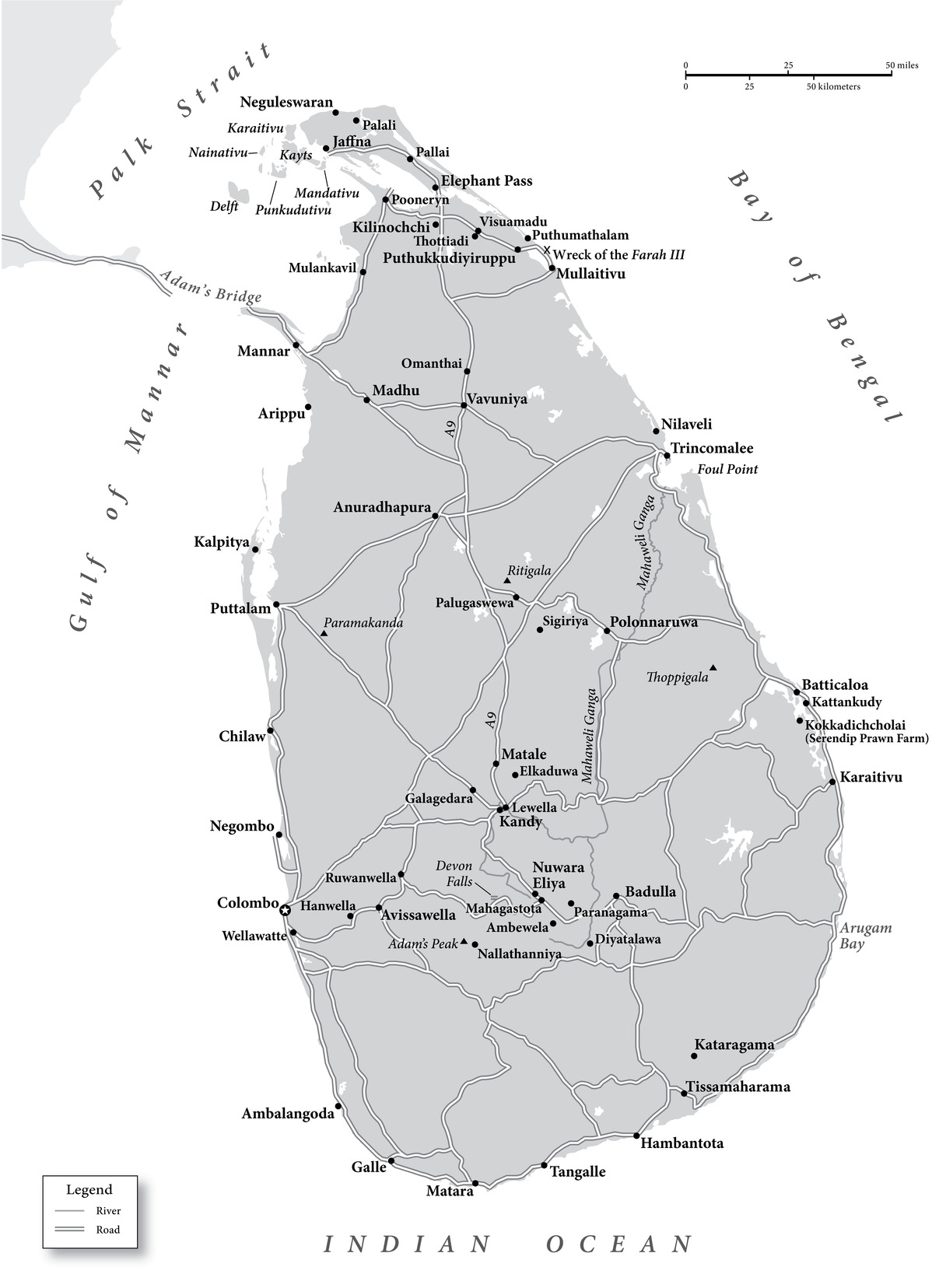THIS IS A BORZOI BOOK PUBLISHED BY ALFRED A. KNOPF
All rights reserved. Published in the United States by Alfred A. Knopf, a division of Penguin Random House LLC, New York. Originally published in hardcover in Great Britain by Quercus Publishing Plc, London, in 2015.
Knopf, Borzoi Books, and the colophon are registered trademarks of Penguin Random House LLC.
Photographs of Mahinda Rajapaksa and Velupillai Prabhakaran Getty Images. All other photos are courtesy of the author.
Title: Elephant complex : travels in Sri Lanka / John Gimlette.
Description: First edition. | New York : Alfred A. Knopf, 2016. | A Borzoi bookTitle page verso. | Includes bibliographical references and index.
Identifiers: LCCN 2015033401 | ISBN 9780385351270 (hardback) | ISBN 9780385351287 (ebook)
Subjects: LCSH: Sri LankaDescription and travel. | Gimlette, John, [date]TravelSri Lanka. | Sri LankaSocial life and customs. | Sri LankaHistory. | Historic sitesSri Lanka. | Natural historySri Lanka. | BISAC: TRAVEL / Asia / Southeast. | TRAVEL / Essays & Travelogues. | HISTORY / Asia / Southeast Asia.
Classification: LCC DS489 .G515 2016 | DDC 915.49304/32dc23 LC record available at http://lccn.loc.gov/2015033401
Cover images: (top, middle) Linda Steward / E+ / Getty Images; (bottom right) David Trood / Getty Images; all other images, authors collection
Introduction
Ceylon was Oriental in the last measure of completenessutterly Oriental; also utterly tropical; and indeed to ones unreasoning spiritual sense the two things belong together.
MARK TWAIN , Following the Equator, 1897
It may well be that each of Ceylons attractions is surpassed somewhere on Earth; Cambodia may have more impressive ruins, Tahiti livelier beaches, Bali more beautiful landscapes (though I doubt it), Thailand more charming people (ditto). But I find it hard to believe that there is any country which scores so highly in all departments.
ARTHUR C. CLARKE , 1970
T his journey begins with a bus ride. A few minutes from my house in south-west London is a large and yet barely visible community of Sri Lankans, in Tooting. Theyre all Tamils, mostly refugees and mostly from a single town, Velvettithurai. Nobody knows exactly how many there are, although the usual figure is eight thousand. Whatever the number, there are now more Sri Lankans in Tooting than there were ever Britons in Ceylon (even in 1911, at the height of the empire, the British population numbered only six thousand). But Tooting, of course, is only part of the picture. Across the country, there are 110,000 Sri Lankan Tamils, with twenty-two temples in London alone.
For years, Ive been intrigued by my Tamil neighbours. Perhaps its their seclusion thats fascinated me. They demand little of the outside world; they have their own shops, their own after-school academies, their own charities, their own leaders and their own cafs (where lunch still costs four pounds). There are also Tamil newspapers and a special Tamil Yellow Pages, which offers a curious glimpse of another London: coy, jewelled and Asian.
The Tamils (or, strictly speaking, the Tamilians) even have their own internal crime wave, vicious gangs with names like The Jaffna Boys or The Tamil Posse, who go at each other with knives, Tasers and samurai swords. In one year alone (2005), sixteen Tamils died at the hands of their own. London hardly seems to notice.
As Sri Lankas civil war (19832009) drew to a close, I decided to explore this shy community further, and to begin with the temple. Tamil friends from elsewhere had plenty of advice about what I must do (I mustnt wear any leather, and I mustnt eat any beef for two days before), but none of them would come with me, and nor would they ever allow themselves to be named or quoted in anything I ever wrote. That, of course, made me more curious than ever.
I made several visits. From the outside, the Sri Muthumari Amman Temple still looked like a little department store. Its tiled art-deco faadenow cracked and grimy like old eggshellhad previously housed the Royal Arsenal Co-operative Society. But once over the threshold, a new world appeared, which I always assumed was Sri Lanka. My eyes would prickle with incense, and the air was greasy with the smoke of coconut lamps. Upstairs, there were twelve deities arranged around the old shop floor, and the walls (once a delicate Bakelite green) were darkened with soot. The gods, all made of silver and bronze, were tended by twelve priests, each half-naked with hair down to the waist. It would have been easy to forget where I was, except for the odd London bus, glimpsed through the vapours.
I was always the only white face amidst the crowds. The older men often offered me snippets of information, perhaps as a way of gauging my intentions. Our deities weigh six hundred and fifty kilograms each, theyd say, or, Five hundred people worship here every day.
From time to time, the most important deity, the goddess Mari Amman, would be ritually bathed in gallons of milk, rosewater and orange juice, before being dressed again in a fresh silk sari. Around her, the worshippers would prostrate themselves on the floor, and stuff her coffers with money. Id never imagined such devotion in England, let alone a mile from home. On the notice board was a letter, asking every devotee to give the temple ten thousand pounds.
There was also a shrine to the Tamil Tigers. It looked like a four-poster bed, but with photographs and flowers. For many people around the world, the LTTE or Liberation Tigers of Tamil Eelam has been the most heartless, cold-blooded terrorist organisation mankind has ever known. But not here. In this temple, the pictures staring back were of martyrs: a boy whod died in a hunger strike; pretty girls in that distinctive tiger-striped camouflage. And these ones, one of the worshippers told me, were poisoned, with nerve gas.
The civil war in Sri Lanka may be over, but here, in Tooting, its never quite gone away. You can still buy a LTTE calendar with a daily picture of either a martyr or some other figure inspiring to Tamils (an inexplicable mix that includes Marx, Churchill, Captain Cook and a Japanese kamikaze crew). More photographs of famous guerrillas hang in the shops, andevery Novemberthe Tamils gather together for Maaveerar Naal, or Heroes Day. To the Sri Lankan press, Tooting is its Mogadishu. One newspaper, the







